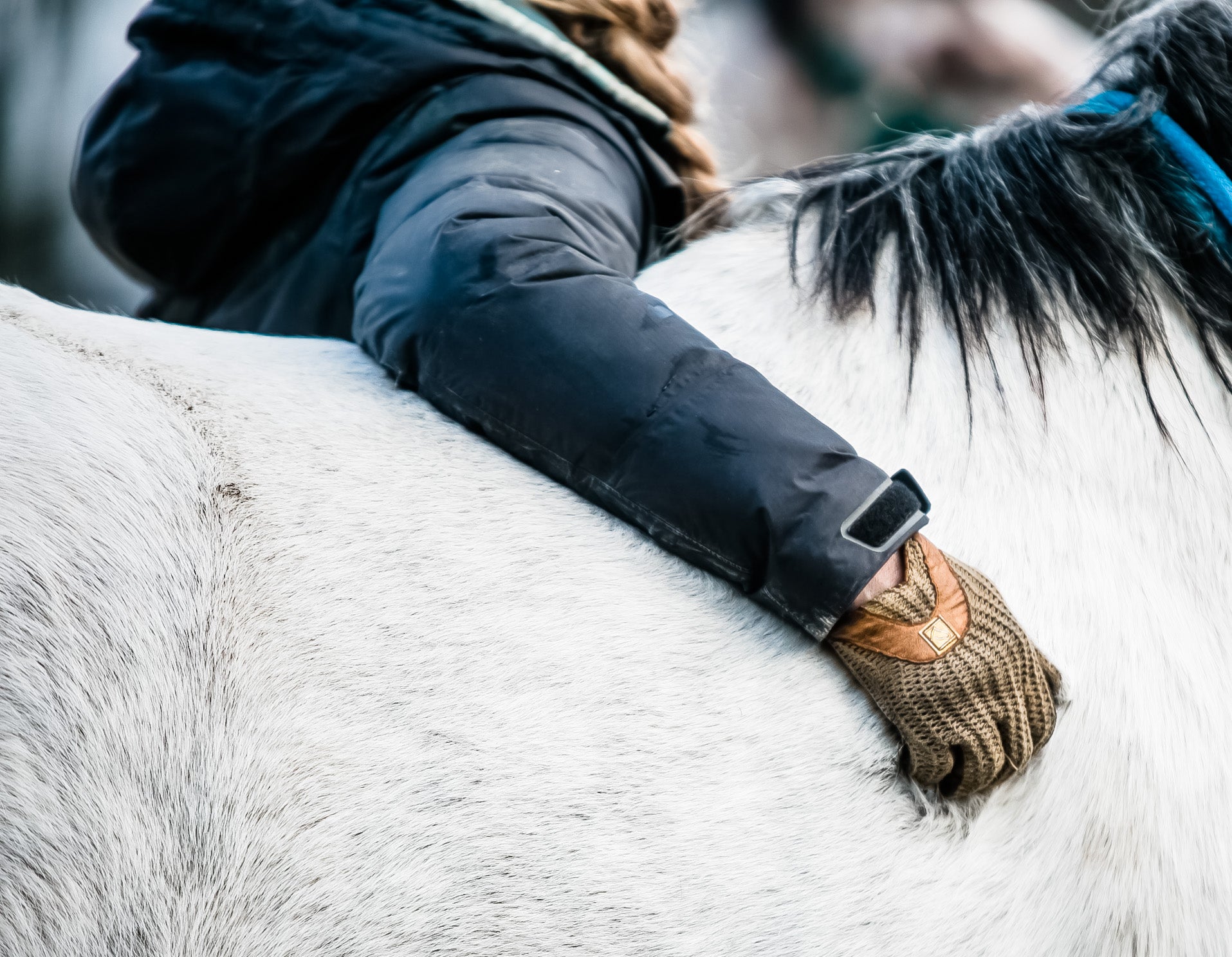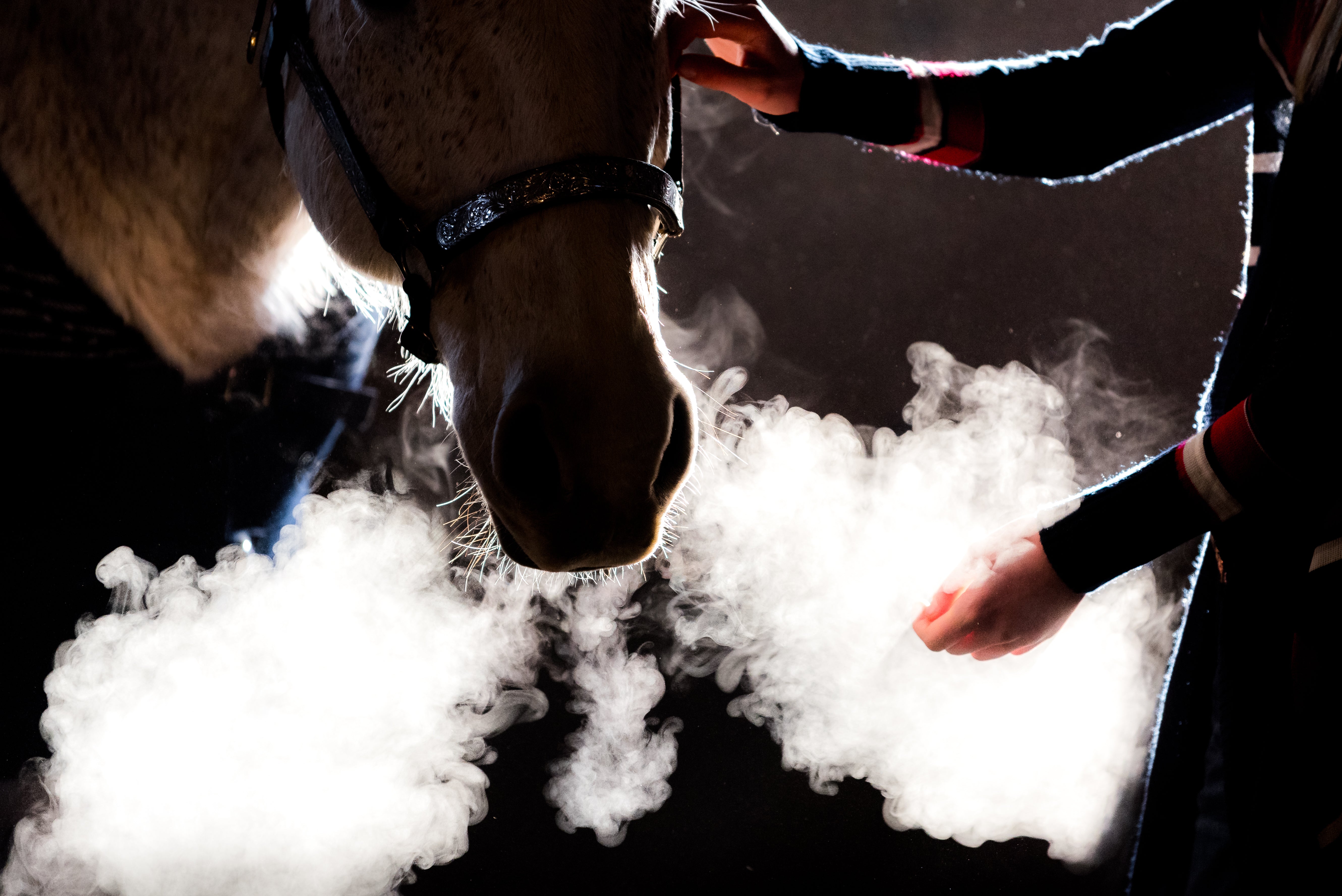Winter can be hard on your horse’s run. Snow and ice can make footing hazardous, and heavy rain and melting snow can lead to mud and slippery conditions. But with a little extra work, you can keep your horse runs safer and more accessible for your horse.
How to Keep Your Horse Runs Safe in the Winter
Keeping the runs off of your barn safe and accessible requires some work, and you may need to combine the following tips to get the results you’re looking for.
Address Water Runoff Issues
It’s ideal to address water runoff issues around your barn and runs before the ground freezes. Take a good look at the way that the ground slants, and think about which areas of the runs are most prone to mud and drainage issues.
To fix these problem areas, you’ll need to redirect the water away from your horse runs. You can do this in many ways. Regrading the ground can channel the water into a better location. Installing French drains or digging channels can be effective. If the ground freezes, you may be limited in what you can do, but hand-dug channels may still be an option as a temporary fix.
Repair or Install Gutters
Your barn’s gutters play an important role in directing water away from the barn and your runs. If you don’t yet have gutters, consider installing them. If you do have gutters, check to make sure that they’re functional and clear of debris. Downspouts and drainage pipes that carry the water further away from the barn can help to keep your run footing in good condition during the winter.
Remove Snow from Smaller Runs
If your location receives heavy wintertime snowfall, then it’s important to make snow removal a priority from the beginning of the season. Focus on removing snow from smaller runs after every storm. Taking the time to remove this snow will not only reduce its buildup, but also minimize potential flooding issues you could see as it melts.
Your snowfall removal technique will partially depend on the setup of your barn and runs. Some smaller barns may find that shoveling or using a snow blower in the runs works well. If you have large gates on the end of your runs, you may be able to drive a tractor into them, aiding in faster, less labor-intensive snow removal.
Pay Attention to Stall Doors
The stall doors that lead out to the run will require special attention to keep them functional in the winter. Start by removing any dirt that has built up within the path that the door swings – as the ground freezes, this area can heave and make it difficult to open the door. This is also a good time to check that the door hinges are still secure and appropriately supporting the door. If the door sags, adjust and reposition the hinges.
If it snows, be sure to thoroughly remove any snow that falls in front of the door before you let your horse into the run. Your horse’s hooves will pack down any snow left behind, and this can turn to ice and make opening the door difficult.
You may also want to take some time to build up the base of your horse’s stall. If the ground outside the stall is higher than the stall base, you’re more likely to have water flood into the stall with heavy rains or from melting snow. Adding more stone dust or whatever material you’re using under your stall mats can help to raise up the stall base to minimize flooding.
If you don’t already have a bottom frame that goes across the stall door, installing a piece of wood can reduce the amount of snow that your horse kicks into the stall as he goes in and out. This can also help to keep the bedding inside the stall, instead of it getting carried out into the run.
Install Lighthoof Panels
While redirecting runoff water and removing snow from the run will help, you may still run into issues with mud when snow melts or after you’ve had a heavy rain. Lighthoof panels can help you to fix this mud problem. These panels raise your horse up 3 or more inches above the muddy ground, giving him a firm surface to walk on. They also help to protect your footing against erosion, so your runs stay accessible even when you’re dealing with heavy snow melt or rain. They can help you fix your mud problem and keep your horse safer and healthier.
Investing in Your Horse Runs
Horse runs can be a challenge to manage in the winter, but these steps can help to keep them accessible and safe for your horse. While you may need to put some money and time into the runs, that investment can pay off when your horse is still able to enjoy the space all year long.




Leave a comment
This site is protected by hCaptcha and the hCaptcha Privacy Policy and Terms of Service apply.